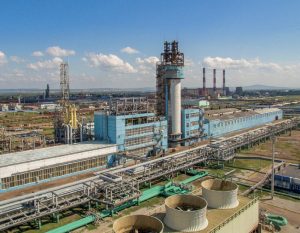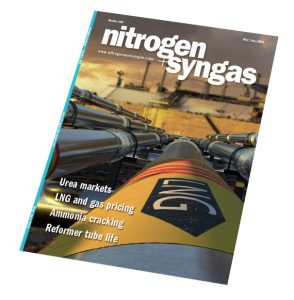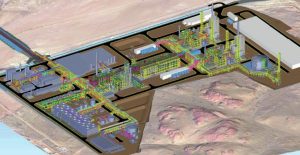
Green ammonia plant submitted for environmental approval
Hy2gen says that it has submitted its Courant renewable ammonia project to Quebec’s Minister of the Environment, marking the end of the planning stage. The Ministry will now define an impact study that Hy2gen must carry out to ensure that the project meets safety and environmental impact requirements. Project Courant aims to produce 230,000 t/a of low carbon ammonia for the local mining industry and region around Baie-Comeau, Quebec, using 300 MW of electrolyser capacity to generate renewable hydrogen in what Hy2gen says will be one of the largest renewable ammonia projects in North America. The plant is due to become operational in 2030.








